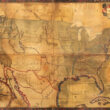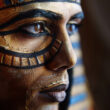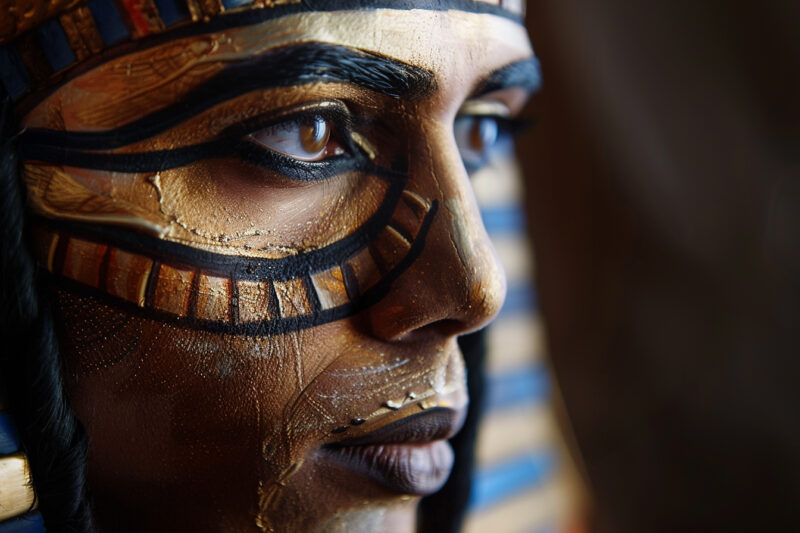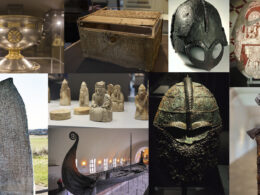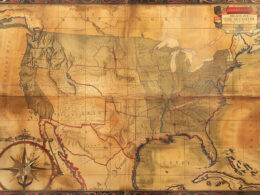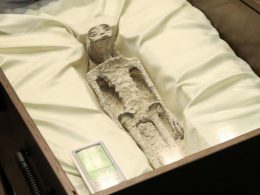The civilization of Ancient Egypt, renowned for its pyramids, pharaohs, and mummies, also leaves behind a legacy of cosmetic ingenuity—a fusion of aesthetic, medicinal, and mystical practices. The Egyptians’ sophisticated use of makeup was more than a precursor to modern beauty regimes; it was a crucial aspect of their culture that served multifaceted purposes, enhancing appearance, offering protection, and invoking the divine.
A Canvas of Protection: The Egyptian Skincare Regimen
Egypt’s arid climate and relentless sun posed a daily challenge to its inhabitants. To combat the potentially damaging effects, both men and women employed makeup as a first line of defense. Their skincare regimen included the application of creams and oils which were derived from animal fats and plant extracts. These substances moisturized the skin, acting as a barrier against the drying desert winds.
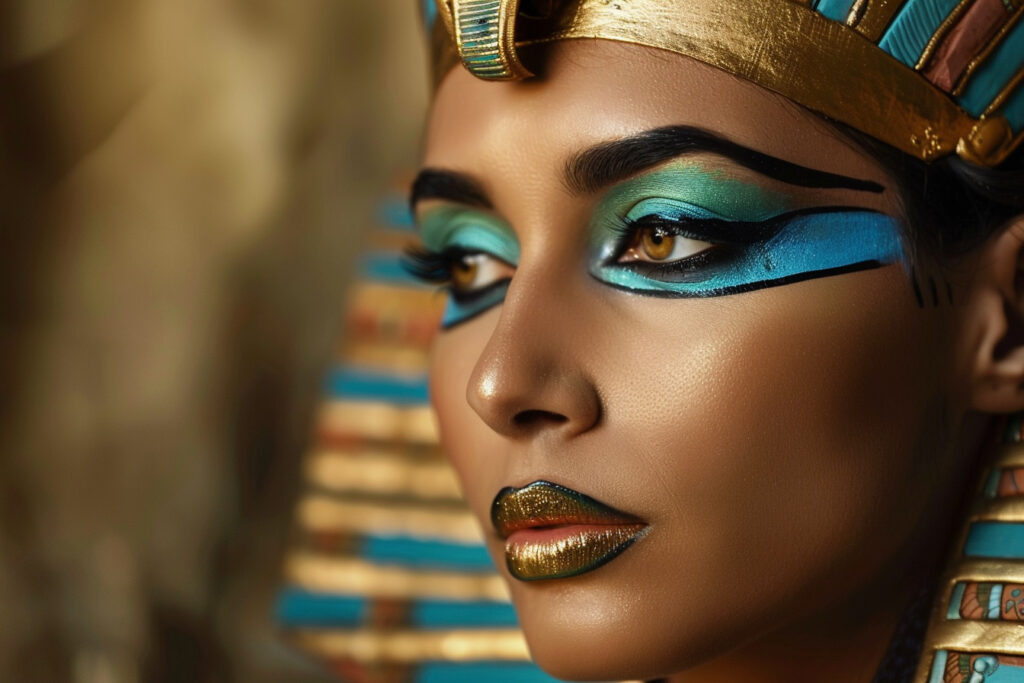
The Lustrous Eyes of Horus: Kohl’s Cultural Significance
The dramatic eye makeup that has become emblematic of Egyptian art was not merely for allure. The thick black lines, often associated with the Eye of Horus, held deep cultural and religious significance. Horus, the sky deity, was often depicted with a heavily lined eye, symbolizing protection and health. By emulating this divine image, Egyptians invoked the protective qualities they believed the gods possessed. Wearing kohl became a sacred act, a daily reinforcement of one’s faith and a plea for divine guardianship.
Medicinal Makeup: The Therapeutic Qualities of Egyptian Cosmetics
Beyond its spiritual significance, the ingredients in Egyptian cosmetics had notable antibacterial properties. The lead-based substances in kohl, for instance, helped prevent and treat eye infections, a claim supported by modern research that suggests low levels of lead salts may have antimicrobial properties. In a time before antibiotics, such preventive measures were invaluable.
Fashioning Identity: Makeup as a Social Statement
Makeup also played a role in social identity and status. Cosmetics were not restricted by gender or class; they were used by all, from the pharaohs to peasants. The laborious process of grinding minerals for kohl or extracting dyes for lip and cheek stains was a communal activity, often bringing people together. The rich might have had slaves or servants to apply their makeup, but the act itself was a shared cultural practice.
The Artistry of Application: Tools and Techniques
The tools used for applying makeup were often ornate and personalized. Handheld mirrors made of polished metal, usually bronze or copper, were common, as were cosmetic spoons and alabaster jars designed to hold perfumes and ointments. Makeup applicators crafted from wood, bone, or ivory have been unearthed, demonstrating the craftsmanship that went into creating beauty products.
The Afterlife’s Appearance: Cosmetics in Death and Burial
In Ancient Egypt, beauty extended beyond life. Cosmetics accompanied individuals into the afterlife, with pots of makeup often included among grave goods. This practice underscores the Egyptians’ belief in the importance of appearance and protection even in death, as they journeyed to the afterlife.
An Enduring Influence: The Legacy of Egyptian Cosmetics
Today, the influence of Egyptian cosmetics can be seen in modern makeup trends. The bold eye makeup that adorns models in fashion magazines is a direct descendant of the kohl-rimmed eyes seen in ancient hieroglyphs. The holistic approach to beauty, where cosmetics serve multiple purposes for health and well-being, is mirrored in the contemporary push for makeup with skincare benefits.
The use of cosmetics in Ancient Egypt was an art form that blurred the lines between the practical and the sacred. Their innovative use of natural resources to create makeup that protected and healed their bodies, while also serving spiritual needs, reflects a society deeply in tune with the natural world and the divine.
These practices, rich in symbolism and purpose, remind us of the enduring power of beauty rituals to reflect the values and beliefs of a civilization. The painted eyes and rouged cheeks of the ancient Egyptians are not just remnants of a bygone era; they are a testament to a people who found in the art of makeup a reflection of their relationship with the earth, the heavens, and each other.
**Please note that this post may contain affiliate links. When booking through one of our links, we earn a small kickback at no extra cost to you and it’s a big help to keep the site up and running.


